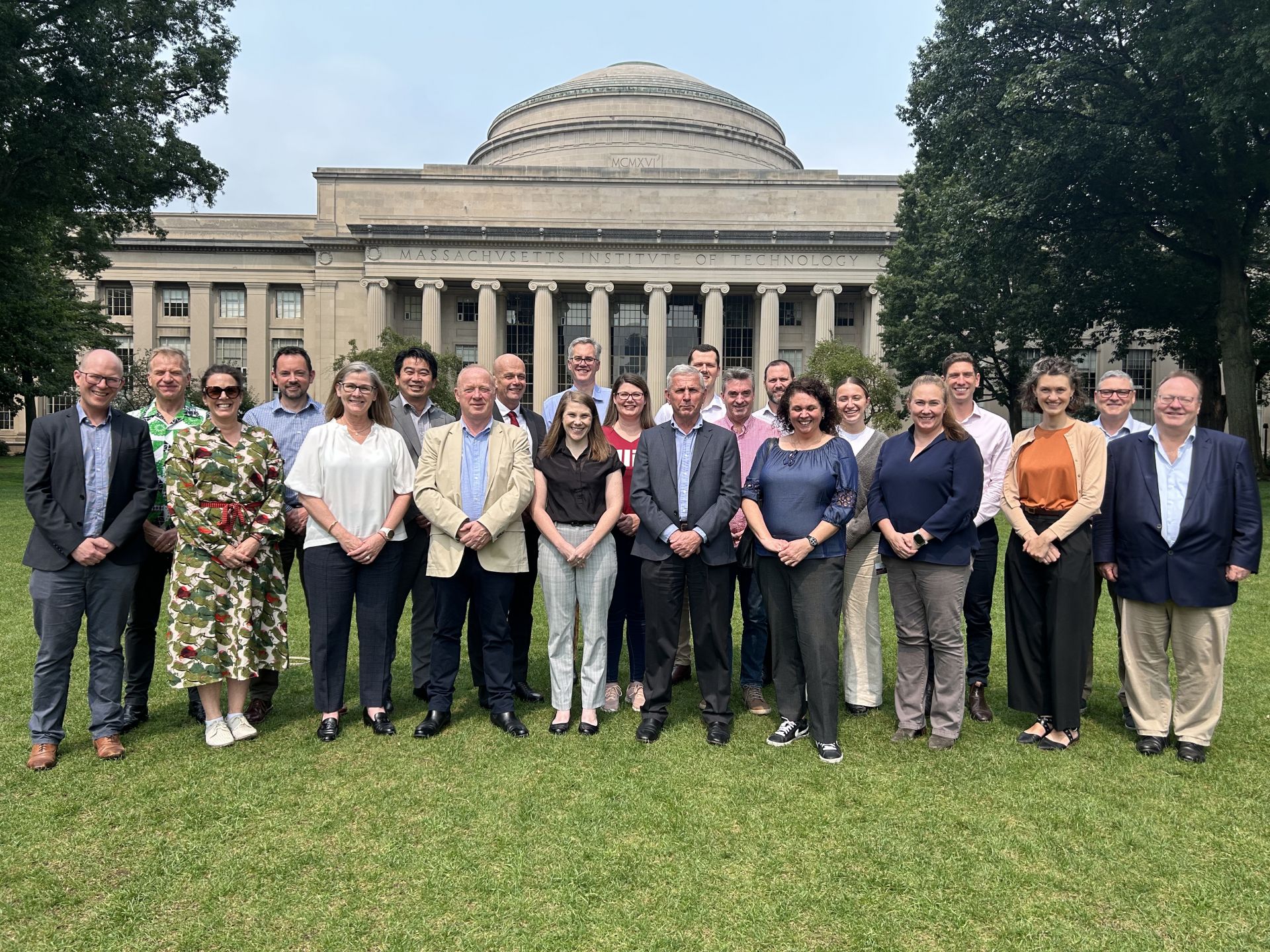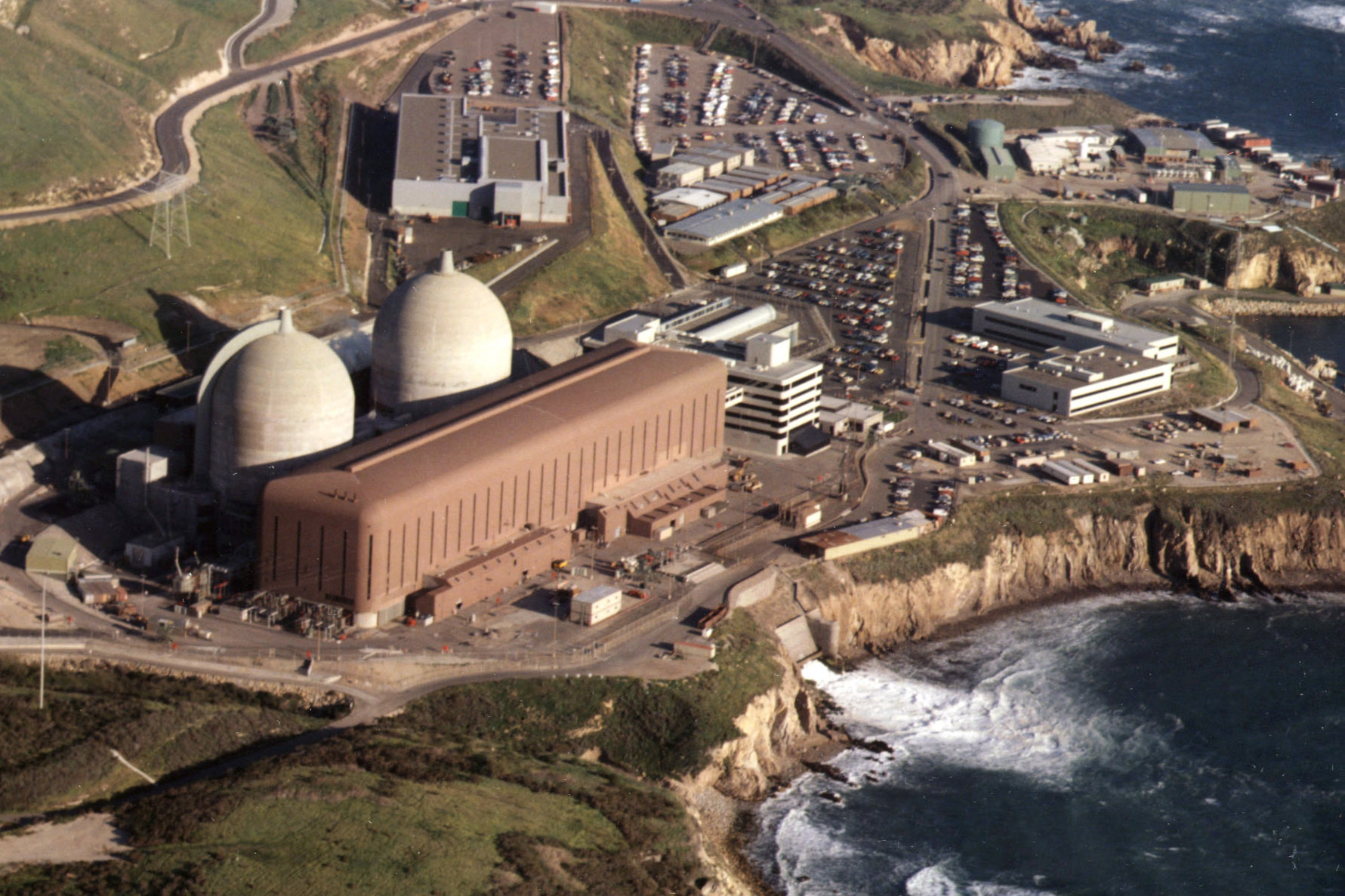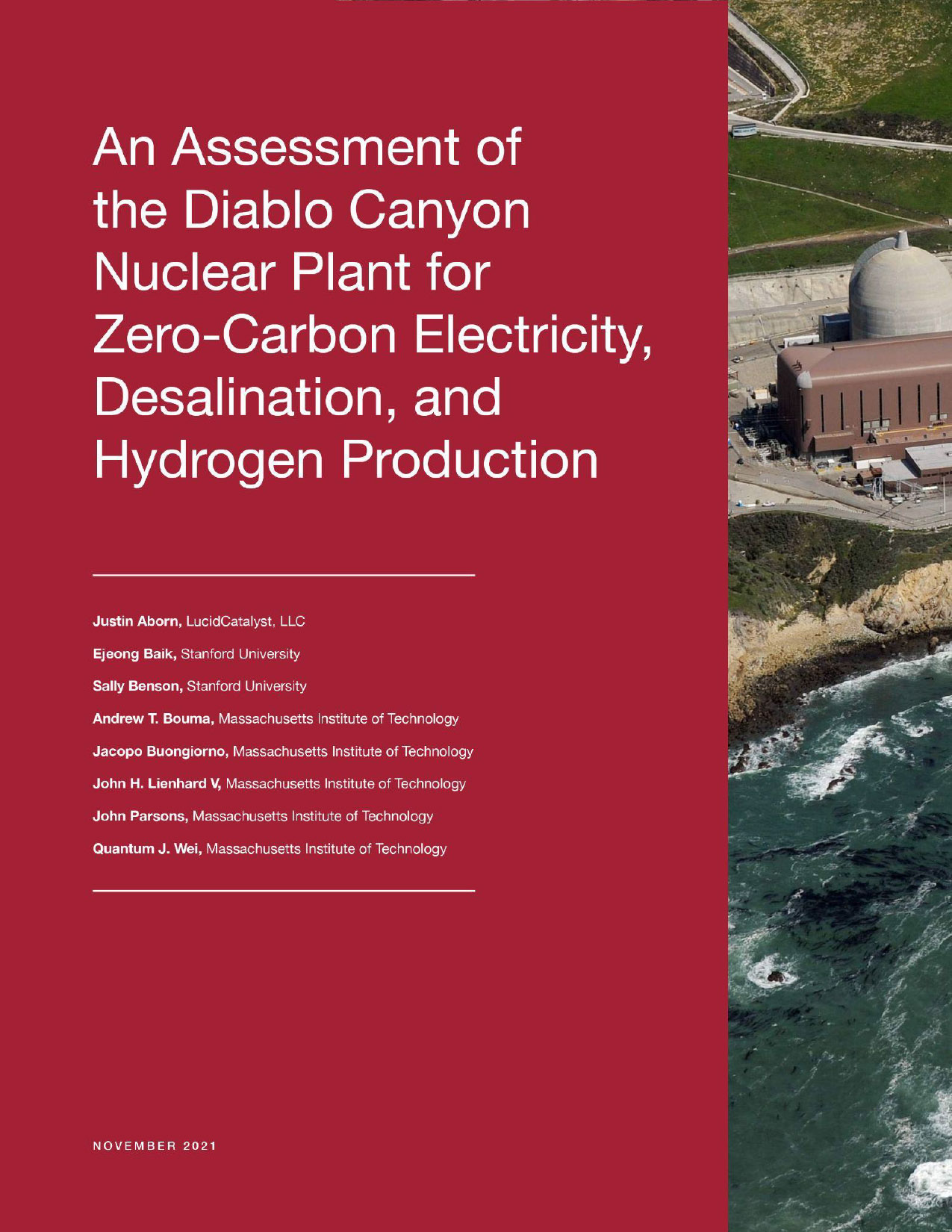MIT’s nuclear professional courses benefit United States—and now Australia too

Some 30 nuclear engineering departments at universities across the United States graduate more than 900 students every year. These young men and women are the present and future of the domestic nuclear industry as it seeks to develop and deploy advanced nuclear energy technologies, grow its footprint on the power grid, and penetrate new markets while continuing to run the existing fleet of reactors reliably and economically.





 A new study by researchers from Stanford University and the Massachusetts Institute of Technology—
A new study by researchers from Stanford University and the Massachusetts Institute of Technology—